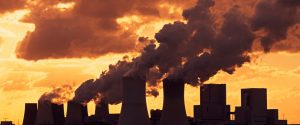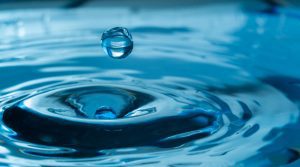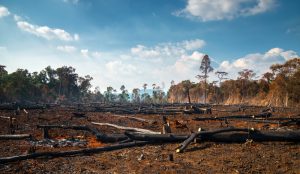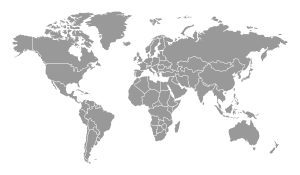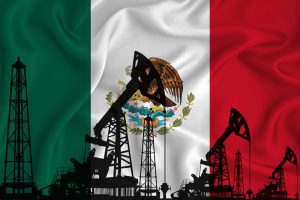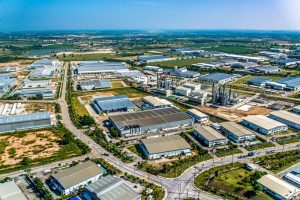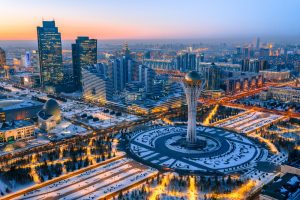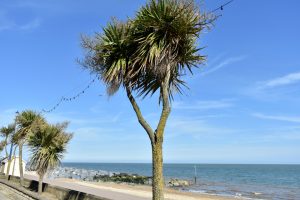Natural resources are items and raw materials freely found in nature that humans can use without much alteration.
We use natural resources to satisfy our wants and needs.
Natural resources have technological, economic, industrial, scientific, aesthetic, and cultural values.
These resources can be divided into broad categories depending on whether the source is exhaustible or renewable.
Some examples of living natural resources are trees, crops, animals, soil, and rainforests. Some examples of non-living natural resources are non-renewable and renewable natural resources like energy, sunlight, coal, oil, gas, water, minerals, and clean air.
Natural resources can be put into categories depending on whether they have some form of life or not.
For instance, plants and animals are alive but provide also human food and clothing.
Let’s dive right in!
Table of Contents
What are living natural resources?

Living natural resources are the plants or animals in their natural environment that can provide food, medicines, and other products to human beings.
The word “living” means they have some life in them and exhibit characteristics of living things because they feed, breathe, and excrete waste.
Some examples include plants whose parts like leaves, roots, flowers, bark, stems, and fruits are used for food or medicinal purposes.
Apart from fruits and medicines, woody trees provide timber for building houses, furniture, and means of transport like canoes.
Here are some examples of living natural resources.
1. Trees and Plants
For starters, plants have the green coloring matter, chlorophyll, which helps them utilize carbon dioxide to make carbohydrates.
This indispensable process releases oxygen and helps purify the air. They provide us with food like fruits, vegetables, tubers, and leaves.
Trees are renewable energy sources as long as you plant enough of them to replace those you have cut down.
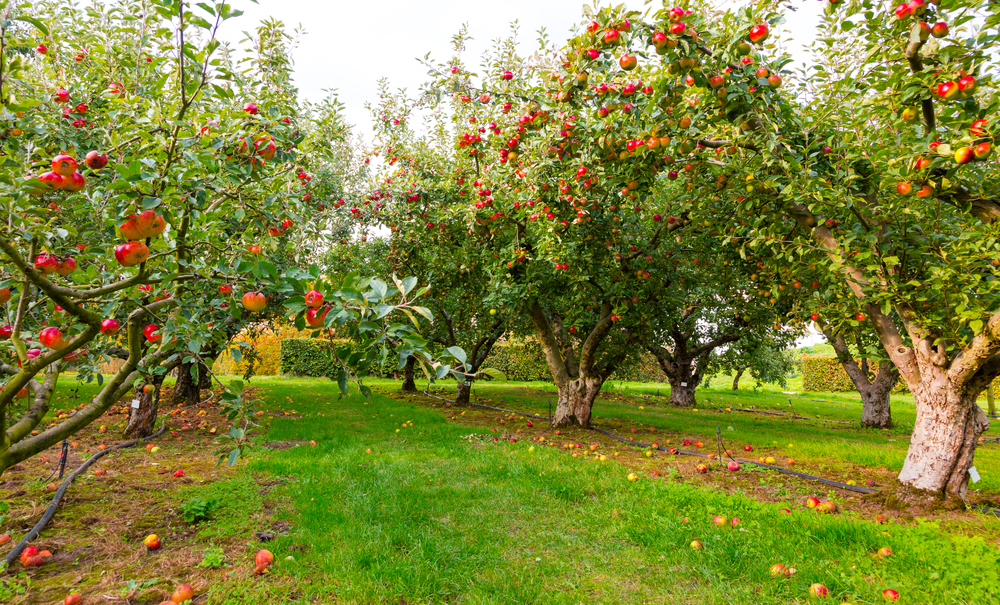
They provide wood, which is a source of fuel and materials for building furniture and buildings.
Some of your favorite fruits, like apples, figs, and avocadoes, also grow on trees. The leaves, roots, and barks of these trees are often medicinal as well.
2. Birds and Animals
Humans have hunted and eaten some bird and animal species for as long as they have been around.
Meat, eggs, milk, and other animal products are good sources of protein and calcium.
Hides, skins, bones, horns, and hooves were very useful to pre-historic humans because they provided clothing, hunting tools, and weapons.
You may even have a leather jacket, handbag, car seat, or shoes at home.
Animals also have cultural and economic value. Some societies still use them as a form of currency and dowry payments.
3. Soil
Soil consists of soil particles from rock fragments that weathered over thousands of years.
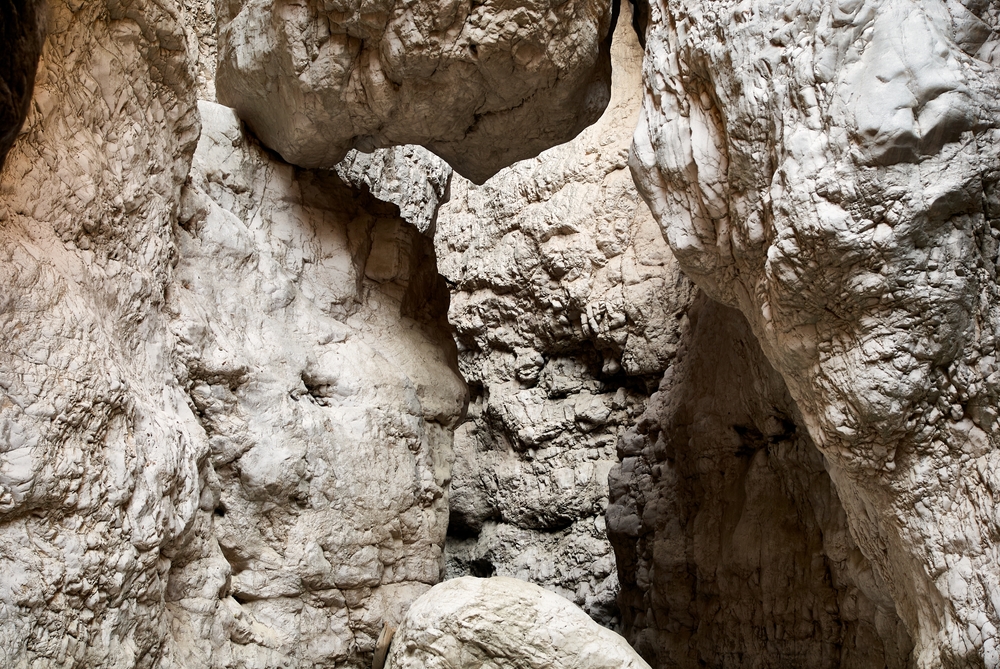
Soil is a significant component of the earth’s crust in which plants and animals can survive and prosper.
The truth is, we cannot survive without fertile soil, which supports plant life – a significant source of food for animals.
Soil is also full of essential microorganisms, which break down dead organic components into nutrients that plants and other organisms use to survive.
It is home to many beneficial bacteria and fungi. If you doubt whether the soil is a living resource, just take a pinch and observe the sample under a microscope.
Non-living natural resources
Non-living natural resources are the items on earth that human beings can use without much alteration.
These are raw materials like processed metals, rocks, water, wood, and air. You must have heard of the saying as dead as a stone, but minerals are not alive.
Non-living natural resources are not alive but have technological, industrial, economic, scientific, and aesthetic value.
Non-living natural resources are items beneficial to man freely found in the environment. You can use them in their natural form.
They include metals, air, water, land, sunlight, minerals, and sources of energy.

Let’s look at some examples of non-living natural resources.
1. Water
Water is the only solvent that occurs naturally on earth. It covers about 70% of the earth’s surface.
Water is essential in many chemical processes in the human and animal bodies, like blood manufacturing and the excretion of waste.
Without water, life is not possible.
Did you know that complex processes like nuclear reactors and space rocket launch pads need water for cooling?
We also use ice, a frozen form of water, for food preservation and in our drinks.
The natural form of water, rain, has supported life on earth for millions of years. For instance, the whole agricultural sector is dependent on rain to grow food and water animals.
Our industries also use water to create other goods like drinks, food, chemicals, and hygienic purposes like cleaning.
Moving water is a source of renewable energy. Man has used waterfalls, artificial dams, and ocean currents for hundreds of years to generate electricity and power steam locomotives and boats.

2. Air
Air forms over 80% of the earth’s atmosphere and contains 78% nitrogen, 21% oxygen, and less than 1% carbon dioxide, argon, and water vapor.
This composition has not changed in over 600 million years. Human beings need oxygen to breathe and get energy from food.
We can’t survive without breathing air because the body cannot perform biochemical reactions without oxygen.
Nitrogen gas is useful in manufacturing synthetic fiber, explosives, drugs, and in the making of circuits, transistors, and diodes.
Just think of the nitrates in fertilizers used to cultivate plants. You will find liquid nitrogen in huge spacecraft as a fuel, although it is also an important part of refrigeration.
Carbon dioxide is essential in photosynthesis, a process without which plants and animals would starve to death, inflating life rafts, foaming rubber, blasting coal, and carbonating fizzy drinks.

Your fire extinguisher is also filled with carbon dioxide. The inert gases are indispensable in bulb manufacturing and welding industries.
3. Minerals
Earth minerals are found in rocks and are used as raw materials for many industries like metal smelting, building and construction, vehicle manufacturing, and electronics.
Metals are the most important group of chemical elements in the modern world because of their diverse uses.
Metals include copper, silver, gold, lead, aluminum, and iron in various forms. These natural resources are used in electronic appliances and electronic products like microwaves and computers.
Minerals naturally occur in rocks deep inside the earth. They come in metallic ores (elements like zinc, lead, and silver) and non-metallic ores (like coal).
Many ores can be mined without any special equipment except drilling a hole, among other techniques.
Some ores are very close to the surface, while others are deep underground.
4. Wind
The wind is a natural source of energy. Wind can be harnessed to produce electricity, and it is the main source of energy for ships, airplanes, windmills, and watermills.
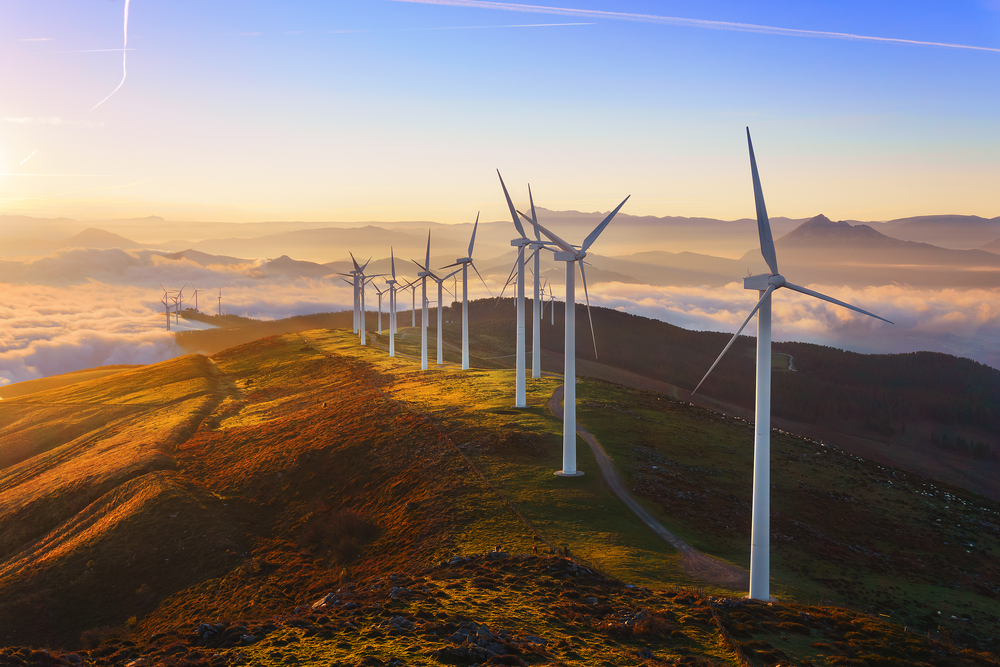
The wind is generated by moving air currents and can be harnessed to produce electrical power, pump water, and a host of other functions.
Wind turbines are machines that convert this energy into electrical power by rotating a shaft with a magnetized coil of wire, called an alternator.
Wind can also be used to propel boats and ships as well as pump water for irrigation purposes.
5. Sunlight
Sunshine is the main energy source for plants, algae, and cyanobacteria. They carry out photosynthesis, which is a process where they make green chlorophyll from water using sunlight.
These plants are very important because they are an essential food source for humans and animals.
Sunlight is also a source of energy for insects like bees.
Humans have harnessed solar energy to warm homes, cook, heat water, and even drive electric vehicles.
Surprisingly, sunlight is very useful in space exploration, having helped run early forms of exploration robots en mass.
The space stations, the biggest man-made object in space, as well as other satellites, have giant solar panels to harness solar energy.
Man-made resources generated from natural resources
Below are some non-living natural resources that people slightly alter to satisfy human wants and needs.

1. Electricity/energy
Electricity is a form of energy that naturally occurs in lightning but can be generated from wind and water energy.
The energy transferred is usually converted into light by a bulb, motor, or generator. Some electrical energy sources are non-renewable and include oil, natural gas, and renewable sources like solar, hydroelectric, and geothermal.
Almost everything nowadays runs on electricity, as evidenced by your home appliances and gadgets.
We even have fully functional vehicles on our road that depend on electrical energy. You should note that man only makes use of other natural resources to generate electricity.
2. Plastic/Polythene
Plastic is made from synthetic polymers and is found in an array of materials from medicine bottles to shopping bags to water pipes, among many others.
Polythene is a type of plastic made from natural gas and petroleum. Plastic is a versatile material, and it is easy to shape, mold, bend, and weld into different objects.
Plastic comes from the refining of crude oil. The process involves distilling the crude oil into several fractions like kerosene, hydrocarbon gas, light naphtha, heavy naphtha, and fuel oil.
A substance called ethylene is formed by an acid-base reaction with water, known as the cracking process.

Ethylene formed is then used to make plastic or polythene.
3. Housing
Houses are made from bricks, concrete, wood, and roofing. Concrete and bricks are mainly made from sand and clay, which are naturally occurring minerals on earth.
Some people use mud for their houses instead of concrete because it is cheaper, but the outcome is not as good as using concrete or bricks.
Housing doesn’t only include residential houses because we also have industrial complexes that play a huge role in creating goods and services.
Other natural resource categories
We have discussed living and non-living natural resource categories, but these resources can also fit into either of the following categories:
1. Inexhaustible Natural Resources
Some resources are so abundant that there will always be some left, no matter how much we use.
They are referred to as inexhaustible because they have an unlimited supply, or their sources are renewable.

This includes sources of energy such as wind.
However much sunshine you harness today for your uses, there will be some tomorrow when the sun rises.
The air we breathe is found in large quantities in the atmosphere, and more is created by chemical processes daily.
2. Exhaustible Natural Resources
While found freely in nature, some of these resources occur in finite quantities. No more can be generated.
Members of this category include minerals and fossil fuels. Since man discovered fossil fuels, much of the world’s reserves have been exhausted by now.
Coal and crude oil will someday be finished because nature is not creating any new reserves soon.
Minerals like metals only occur in small quantities in rocks. Significant amounts were formed during prehistoric volcanic eruptions.
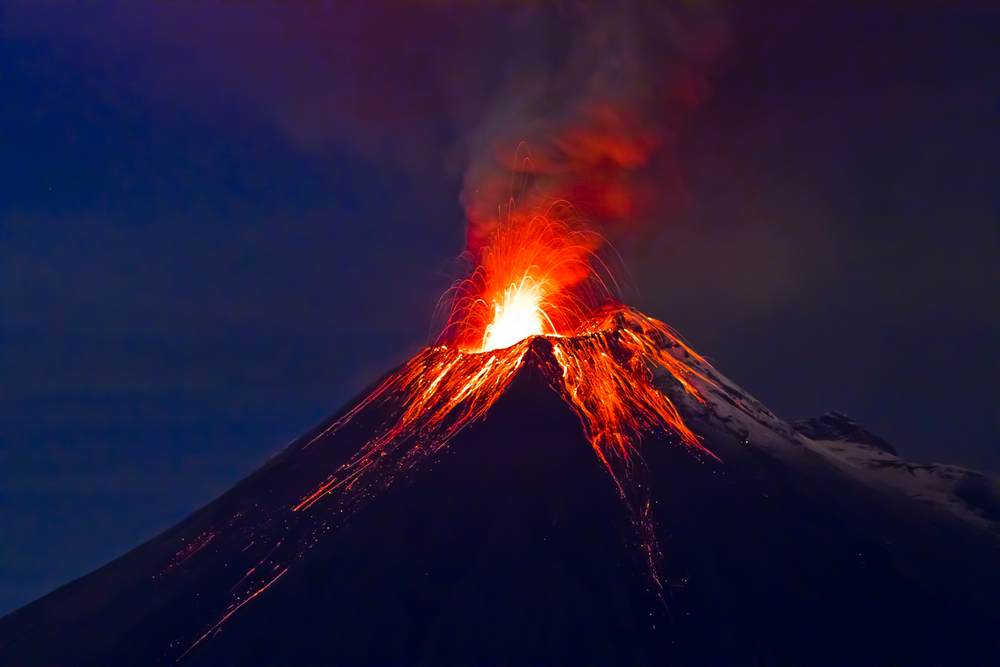
Unlike plants and animals, replenishing these reserves is impossible.









